Periodontal Therapy – Lebanon, NH
Stop
Your Bleeding
Gums

About 80% of American Adults have gum disease; frighteningly enough, most of them might not even realize it until after it has reached a point where their teeth are in danger. Drs. Sanders and Munsey can find the warning signs during your regular checkups so that the plaque and tartar affecting the gums can be removed. Don’t let gum disease catch you off-guard! Schedule periodontal therapy in Lebanon, NH at Hanover Road Dental Health by calling us today.
Why Choose Hanover Road Dental Health for Periodontal Therapy?
- Multiple Knowledgeable Dentists
-
Deep Cleaning
for Severe
Gum Disease -
Prevent
Long-Term
Tooth Loss
Gum Disease Symptoms

Here are some of the warning signs that you’ve developed some form of gum disease:
- Your gums look redder than normal, or they’ve become swollen.
- You notice bleeding in your mouth after brushing, flossing, or eating something hard.
- Your breath starts smelling bad no matter what you do.
- Your teeth look longer than you remember because the gums are pulling away from them.
- Your bite fits together differently.
Sometimes these symptoms don’t appear until the later stages of an infection.
Treatment for
Gum Disease
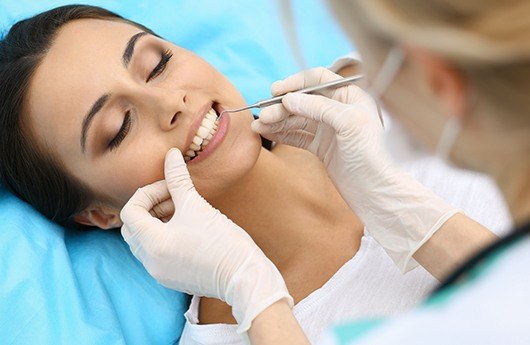
As gum disease progresses, pockets form near the teeth, and bacteria becomes trapped inside them, damaging the underlying bone. Our goal for gum disease treatment is to clean these pockets and give the gums a chance to reattach themselves through a process called scaling and root planing. You’ll give the treatment the best chance of success if you also work to improve your daily oral health care habits and avoid harmful habits such as using tobacco of any kind.
Scaling & Root Planing
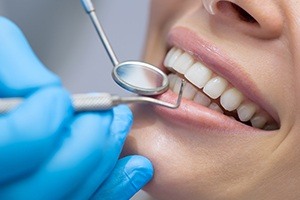
We typically perform two noninvasive procedures to try and stop gum disease: scaling and root planing. During scaling, special instruments remove the tartar and bacteria from your tooth as well as the area under the gums. After that, root planing smooths the tooth roots to discourage future buildups that could delay healing. Continue reading to learn more about this process and how it works.
Do I Need Scaling & Root Planing?
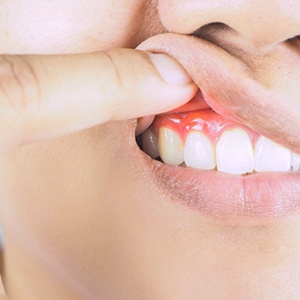
Scaling and root planing is often referred to as “deep cleaning.” When we notice early signs of gum disease, like bleeding, swelling, and inflammation, we will address this problem as soon as possible to prevent it from progressing and causing permanent damage to your oral health. The goal of this treatment is to remove bacteria that have accumulated around or beneath your gumline. During the root planing part of this treatment, we will smooth down the roots of your teeth so that your gums heal and reattach to your teeth more easily.
The Process of Scaling & Root Planing
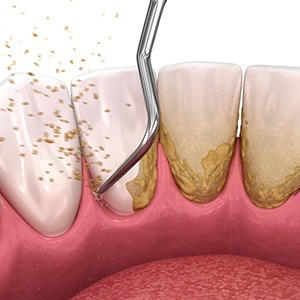
Scaling and root planing will typically take place over two appointments. The first one includes the “scaling.” This is when we scrape away the plaque and tartar that has formed along and beneath the gumline using dental instruments. We will target the area beneath the gumline where bacterial deposits have formed.
Once the scaling is complete, we will begin root planing. We do this by smoothing sections of the teeth that are normally hidden beneath the gum tissue. This helps the gums to adhere to your teeth more easily and makes it more difficult for bacteria to build up again. This way, you are at reduced risk of developing gum disease in the future.
Aftercare Tips for Scaling & Root Planing
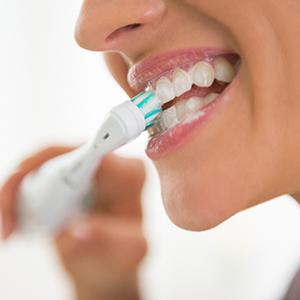
Some soreness is normal after scaling and root planing, and you might experience some inflammation. This is temporary and should resolve itself after a few weeks. Here are a few tips to help you recover efficiently:
- Brush twice daily with a soft-bristled toothbrush and fluoridated toothpaste.
- Rinse your mouth with salt water after eating.
- Floss thoroughly every day.
- Stick to a soft diet for the first 48 hours after treatment.
- Avoid foods that are spicy, acidic, or hot.
- Refrain from intense physical exercise immediately after your treatment.

